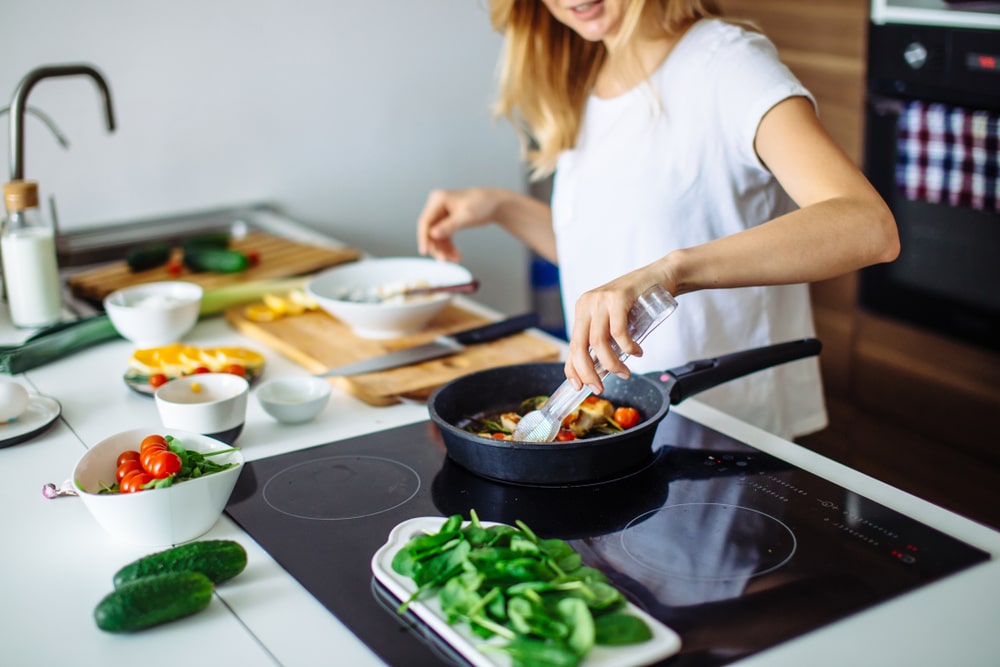
German Cooking Vocabulary: 175 Words and Phrases
Cooking and baking are a crucial part of any culture, and German-language culture is no exception.
From bratwurst to black forest cherry cake, it offers a variety of sweet, salty and savory foods.
Whether you enjoy cooking or baking, or simply want to feast on the results, it’s essential to know how to talk about food and its preparation.
In this post, you’ll learn 175 German words and phrases related to cooking. Plus, find out where to find authentic German recipes!
Contents
- Dishes and Utensils
- Kitchen Tools
- Cooking and Baking Verbs
- Cooking Measurements
- Baking Ingredients
- Cooking Ingredients
- Adjectives Related to Cooking and Food
- Miscellaneous Cooking and Baking Terms
- Where to Find Authentic German Recipes
- And One More Thing...
Download: This blog post is available as a convenient and portable PDF that you can take anywhere. Click here to get a copy. (Download)
Dishes and Utensils
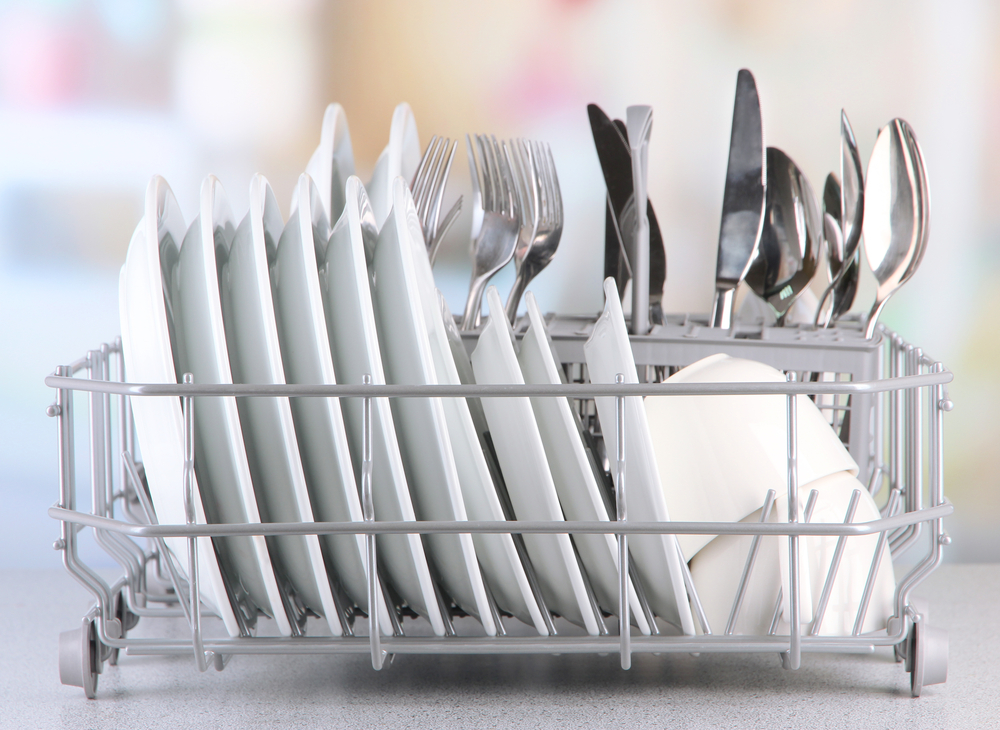
Here are some terms to help you set the table and serve your German dishes:
| German | English |
|---|---|
| der Teller | plate |
| die Schüssel | bowl |
| die Tasse | cup |
| das Weinglas | wineglass |
| der Becher | mug |
| die Teetasse | teacup |
| die Untertasse | saucer |
| die Teekanne | teapot |
| der Löffel | spoon |
| die Gabel | fork |
| das Messer | knife |
| die Serviette | napkin |
| die Tischdecke | tablecloth |
| das Tischset | placemat |
Kitchen Tools
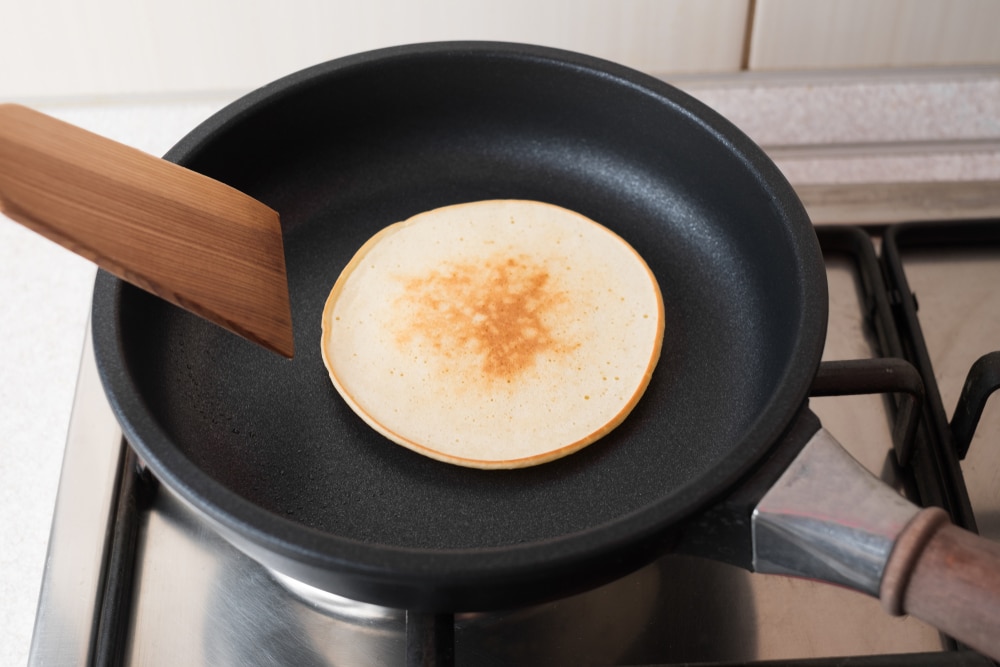
Let’s look at the different vocabulary for the essential tools of cooking and baking:
| German | English |
|---|---|
| der Spatel | spatula |
| die Kelle | ladle |
| die Zange | tongs |
| die Schaufel | scoop |
| der Schneebesen | whisk |
| die Schere | scissors |
| die Pfanne or die Bratpfanne | (frying) pan / skillet |
| der Schongarer | slow cooker / crock-pot |
| der Topf | pot |
| der Kochtopf | saucepan |
| der Deckel | lid |
| das Sieb | strainer |
| das Schneidebrett | cutting board |
| das Backblech | baking sheet |
| die Backform | baking pan/tin |
| die Reibe | grater |
| die Alufolie | tinfoil/aluminum foil |
| das Backpapier | parchment paper |
| der Zahnstocher | toothpick |
| der Ofen | oven |
| der Grill | grill |
| der Herd | stove |
| die Mikrowelle | microwave |
| die Heißluftfritteuse | air fryer |
| die Küchenmaschine | food processor |
| der Kühlschrank | refrigerator |
| der Tiefkühlschrank | freezer |
| die Geschirrspülmaschine | dishwasher |
Cooking and Baking Verbs
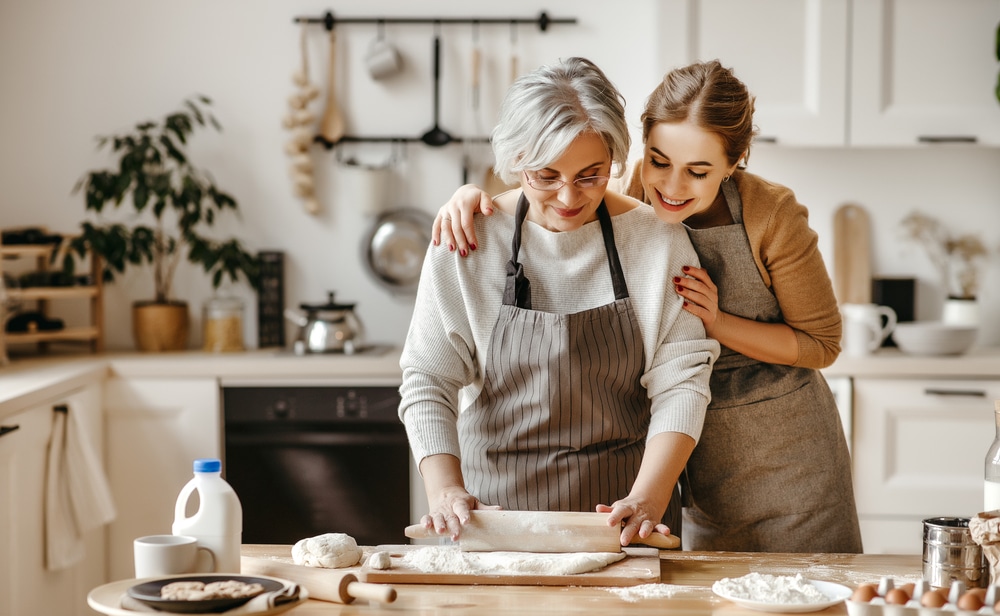
We’ve got the table set and the stove ready! How do we refer to our actions when cooking and baking? Here’s a list to start you off:
| German | English |
|---|---|
| backen | to bake |
| braten | to roast |
| kochen | to cook |
| frittieren | to fry |
| grillen | to grill |
| sautieren or anschwitzen | to sauté |
| köcheln | to simmer |
| kochen | to boil |
| dämpfen | to steam |
| schmoren | to stew/to braise |
| flambieren | to flambé |
| mischen | to blend |
| vermischen | to mix |
| rühren | to stir |
| schaufeln | to scoop |
| schneiden | to cut |
| hacken | to chop |
| abschneiden | to slice |
| vorbereiten | to prepare |
| putzen | to clean |
| vorheizen | to preheat |
| auspressen | to squeeze |
| messen | to measure |
| schmecken | to taste |
| schälen | to peel |
| wieder aufwärmen | to reheat |
| marinieren | to marinate |
| pürieren | to puree |
| auftauen | to defrost |
| zerdrücken | to mash |
| einlegen | to pickle |
| überziehen | to glaze |
| abgießen | to drain |
| kneten | to knead |
| filetieren | to fillet |
| einweichen | to soak |
| bröseln | to crumb |
| ausrollen | to roll out |
| auflösen | to dissolve |
For more context—including visuals and example situations—you can look up these vocabulary on FluentU.
FluentU takes authentic videos—like music videos, movie trailers, news and inspiring talks—and turns them into personalized language learning lessons.
You can try FluentU for free for 2 weeks. Check out the website or download the iOS app or Android app.
P.S. Click here to take advantage of our current sale! (Expires at the end of this month.)
Cooking Measurements
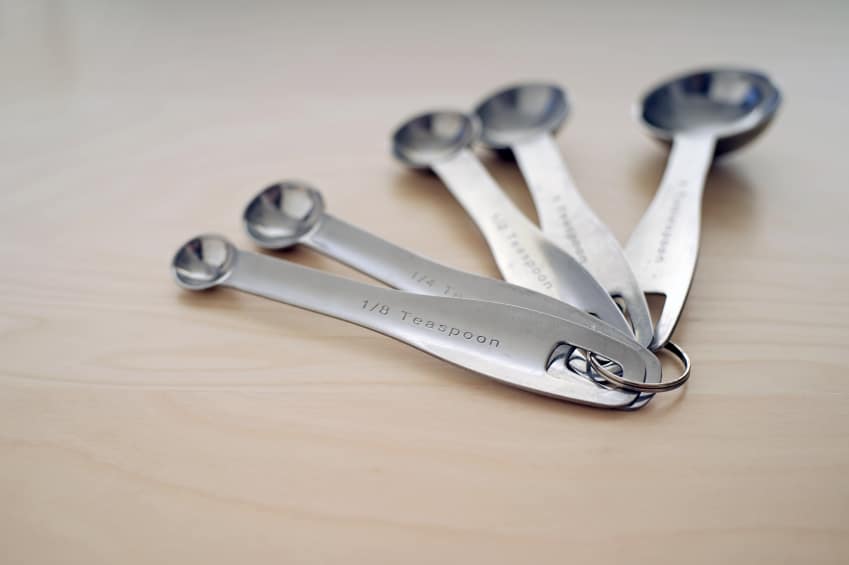
Authentic German recipes call for measurements in metric, rather than U.S. standard. My Best German Recipes offers a great resource for converting from metric to standard. This site also has fluid ounce-milliliter, cups-grams and Celcius-Fahrenheit conversion tools.
Here are some measuring terms to help you when cooking and baking:
| German | English |
|---|---|
| die Tasse | cup |
| der Teelöffel | teaspoon |
| der Esslöffel | tablespoon |
| das Pfund | pound |
| die Unze | ounce |
| das Gramm | gram |
| das Milligramm | milligram |
| das Kilogramm | kilogram |
| der Milliliter | millileter |
| der Liter | liter |
| die Prise | pinch (as in a pinch of salt) |
| das Pint | pint |
| das Quart | quart |
| die Gallone | gallon |
Baking Ingredients
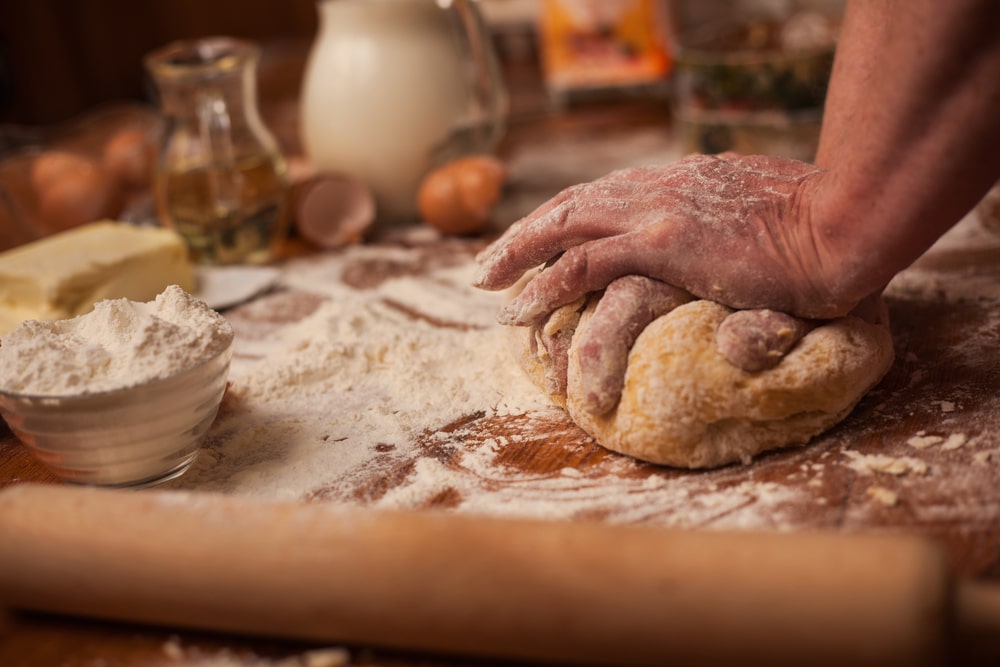
Here’s a list of your common baking ingredients:
| German | English |
|---|---|
| die Butter | butter |
| das Mehl | flour |
| der Zucker | sugar |
| der braune Zucker | brown sugar |
| der Puderzucker | confectioner's/powdered sugar |
| das Ei | egg |
| die Milch | milk |
| die Creme | cream |
| das Backpulver | baking powder |
| das Natron | baking soda |
| die Würze | seasoning |
| das Gewürz | spice |
| der Zimt | cinnamon |
| der Muskat | nutmeg |
| der Ingwer | ginger |
| die Schokoladenstückchen | chocolate chips |
| der Vanilleextrakt or der Vanillearoma | vanilla extract |
| die Schlagsahne or die Sahne | whipped/heavy cream |
| der Teig | dough |
| die Melasse | molasses |
| die Rosinen | raisins |
| der Joghurt | yogurt |
Cooking Ingredients
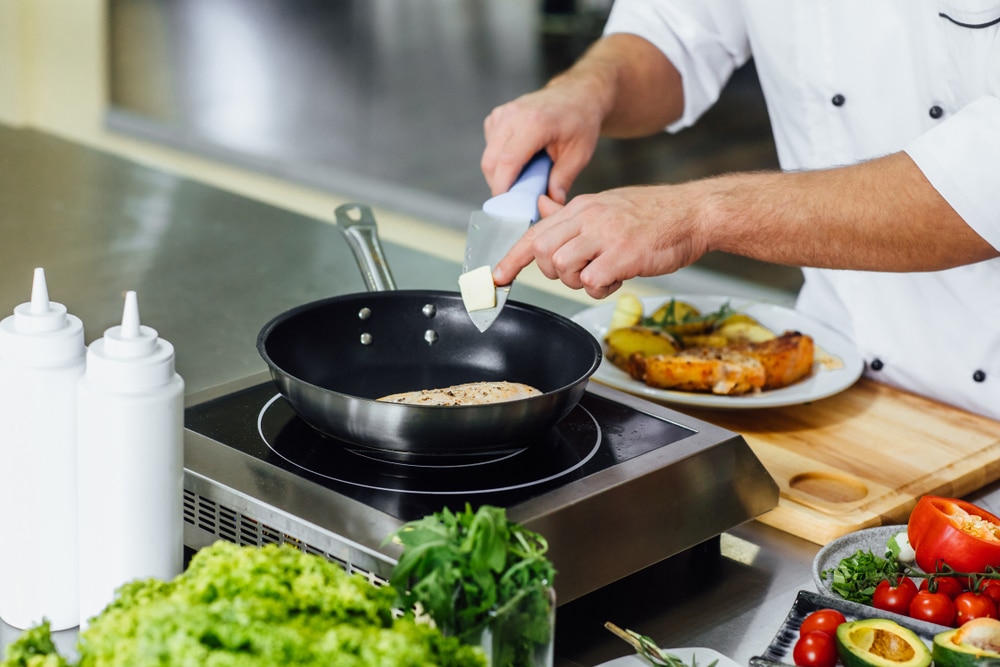
Here are some terms for common cooking ingredients. Try these out next time you’re making dinner!
| German | English |
|---|---|
| das Fleisch | meat |
| das Rindfleisch | beef |
| der Truthahn | turkey |
| die Wurst | sausage |
| das Hähnchen | chicken |
| der Speck | bacon |
| das Schweinefleisch | pork |
| der Fisch | fish |
| das Steak | steak |
| der Aufschnitt | cold cuts |
| der Knoblauch | garlic |
| die Zwiebel | onion |
| die Tomate | tomato |
| der Mais | corn |
| der Brokkoli | broccoli |
| die Brechbohne | green bean |
| der Sellerie | celery |
| der Kürbis | pumpkin / squash |
| der Tofu | tofu |
| die Nudeln | noodles / pasta |
| die Pasta | pasta |
| der Reis | rice |
| der Käse | cheese |
| die Soße | sauce |
| der Essig | vinegar |
| der Senf | mustard |
| das Öl | oil |
| das Salz | salt |
| der Pfeffer | pepper |
Adjectives Related to Cooking and Food
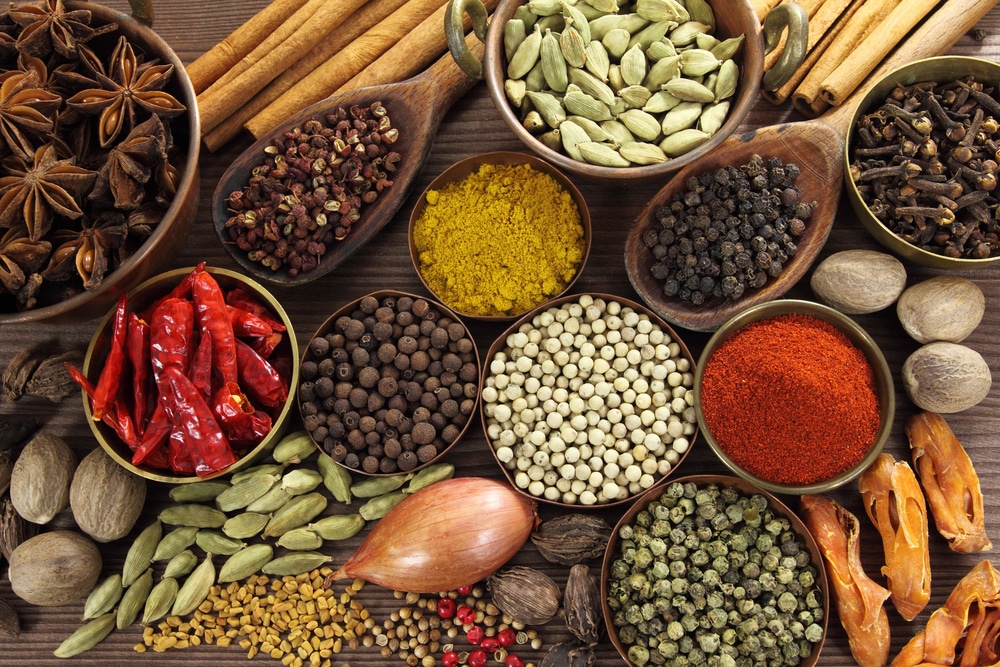
There are many descriptive adjectives we can use when cooking, baking and eating. Here are the main ones in German:
| German | English |
|---|---|
| lecker | tasty/yummy/delicious |
| salzig | salty |
| gebrannt | burnt |
| süβ | sweet |
| herb | tart |
| sauer | sour |
| scharf | spicy |
| würzig | tangy / aromatic |
| saftig | juicy |
| frisch | fresh |
| mild | mild |
| knusprig | crispy |
| herzhaft | hearty |
| zart or mürbe | tender |
| aromatisch | aromatic |
| geschmackvoll | flavorful |
| gesund | healthy |
| fettig | greasy |
| kalorienreich | high in calories |
| kalorienarm | low-calorie |
| exotisch | exotic |
| vegetarisch | vegetarian |
| vegan | vegan |
Miscellaneous Cooking and Baking Terms
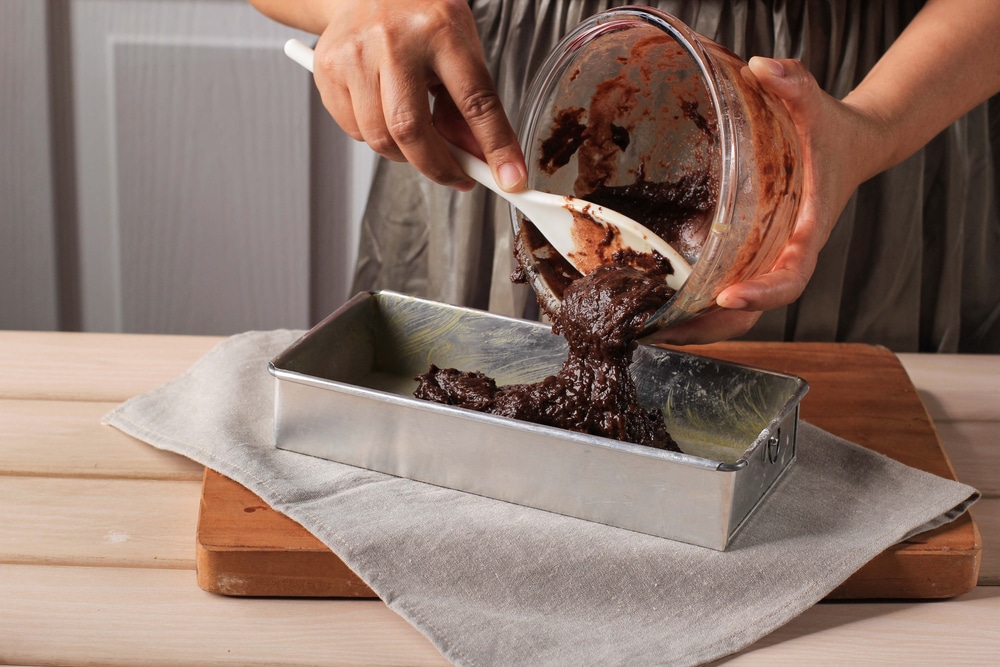
In case you haven’t learned enough vocabulary yet, here are a few more terms related to cooking and baking:
| German | English |
|---|---|
| das Rezept | recipe |
| das Teufelsdutzend or dreizehn Stück | baker's dozen |
| die Portion | portion |
| die Zutaten | ingredients |
| die Mahlzeit | meal |
| der Appetit | appetite |
Where to Find Authentic German Recipes
If you enjoy cooking and are learning German, why not combine the two? Here are a few great resources to start exploring German cooking and learn some names of dishes you’re interested in trying:
- The Oma Way is a great website for not only great recipes but also a slice of German-American life from an Oma (grandmother) with plenty of cooking experience herself. Enjoy crafts and festivities along with the food.
- Quick German Recipes is also focused on cooking “the Oma way.” Focused on foods of all types, this website allows you to choose from a variety of recipes and even shop at the same time.
- GermanFoods.org is another great resource for similar cooking content. Recipes are listed by category and even holiday and region.
- Allrecipes is a popular recipe site that offers many recipes for German food, including 17 different traditional German cakes!
- Susi’s Bakery is a website that offers content in both English and German. This is a great way to practice your German reading and pick up some new vocabulary while making some authentic German dishes.
Remember, the more German words you memorize and the better understanding you have of German culture (which is inseparable from food), the more native you’ll sound—and feel!
Next, you can check out this helpful guide for useful phrases when ordering food in Germany.
Download: This blog post is available as a convenient and portable PDF that you can take anywhere. Click here to get a copy. (Download)
And One More Thing...
Want to know the key to learning German effectively?
It's using the right content and tools, like FluentU has to offer! Browse hundreds of videos, take endless quizzes and master the German language faster than you've ever imagine!
Watching a fun video, but having trouble understanding it? FluentU brings native videos within reach with interactive subtitles.
You can tap on any word to look it up instantly. Every definition has examples that have been written to help you understand how the word is used. If you see an interesting word you don't know, you can add it to a vocabulary list.
And FluentU isn't just for watching videos. It's a complete platform for learning. It's designed to effectively teach you all the vocabulary from any video. Swipe left or right to see more examples of the word you're on.
The best part is that FluentU keeps track of the vocabulary that you're learning, and gives you extra practice with difficult words. It'll even remind you when it’s time to review what you’ve learned.
Start using the FluentU website on your computer or tablet or, better yet, download the FluentU app from the iTunes or Google Play store. Click here to take advantage of our current sale! (Expires at the end of this month.)







